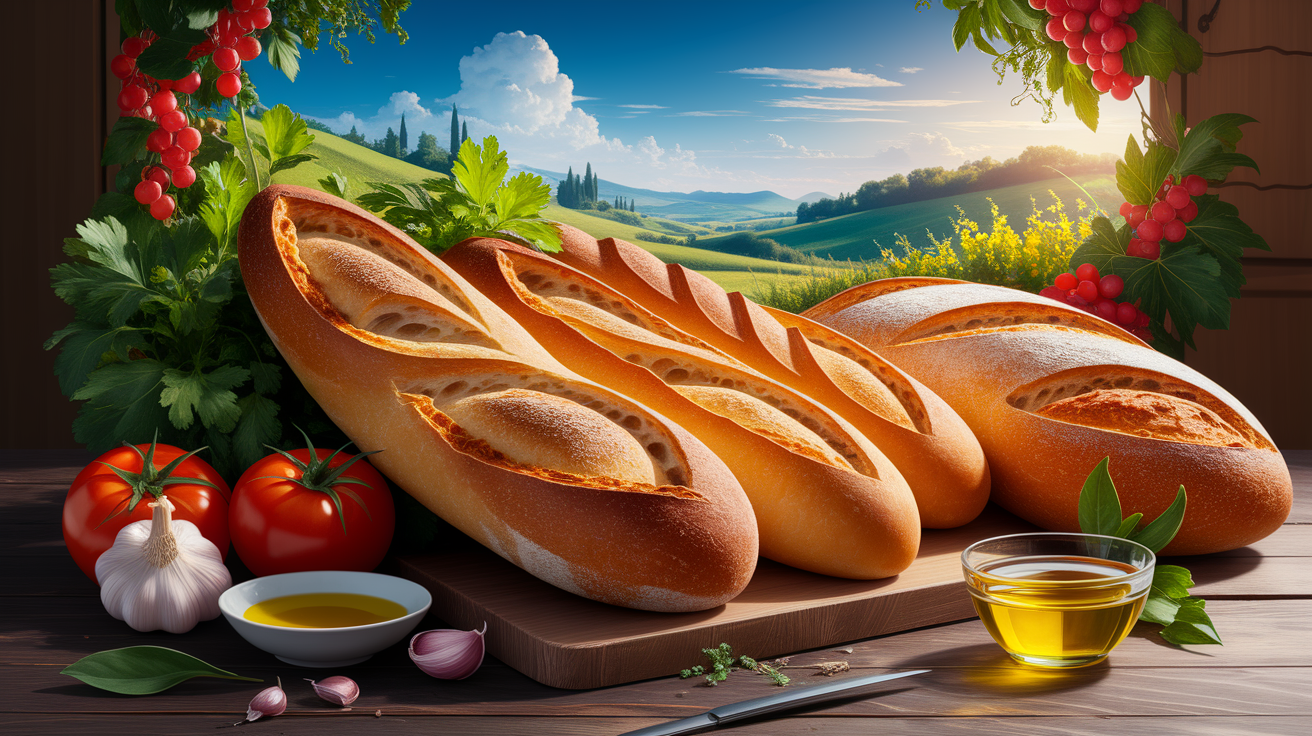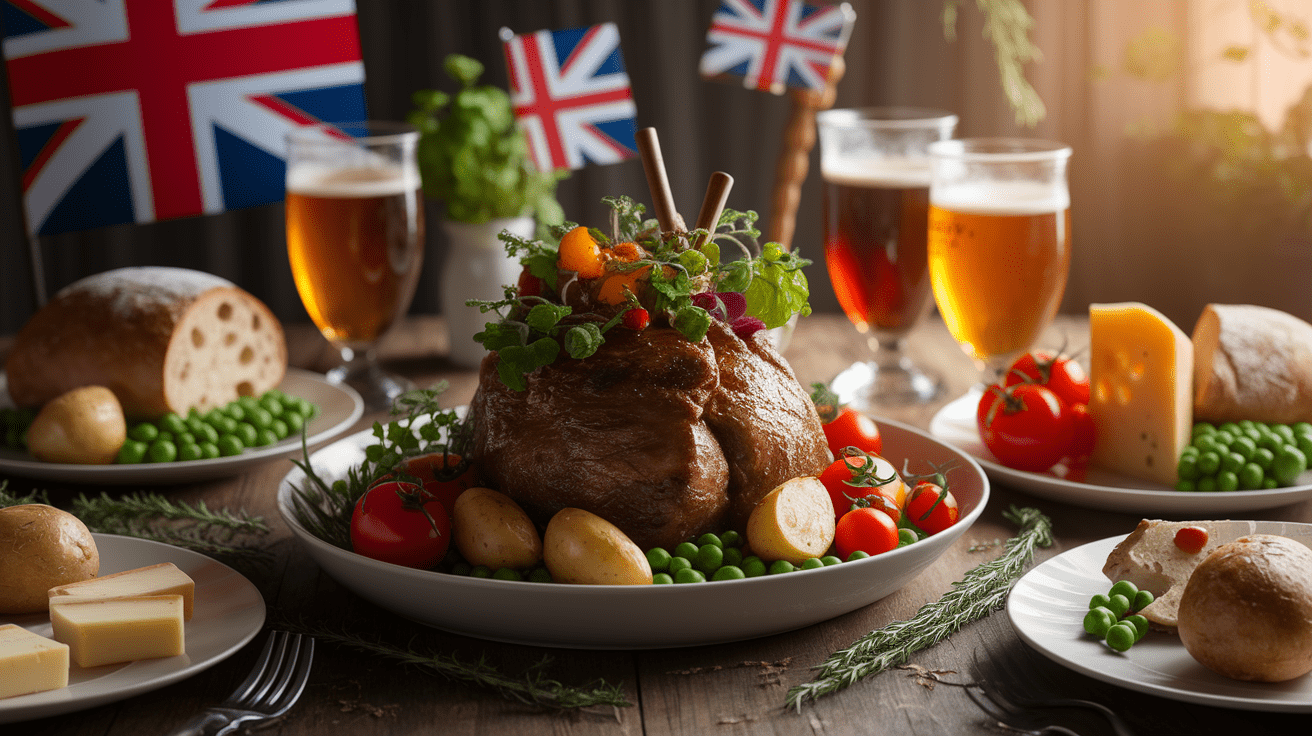Honouring St George: Traditional Recipes and Local Food Heritage
Legends on the Plate
Across many regions, from the rolling hills of England to the warm, citrus-scented coasts of Greece, St George’s Day on April 23rd brings unique and historic dishes to the table. These foods are not just meals—they’re stories you can taste. In each location, local food heritage connects us to centuries of tradition, folklore, and community celebrations. Here in St George, Utah, though our name comes from a different era and place, the connection to heritage cooking rings familiar. Pioneer recipes and southwestern Utah’s regional specialties reflect the same spirit of pride, resilience, and hospitality found in European St George’s Day feasts.

The day is also tied to colourful legends, such as St George’s reputation as a dragon-slaying hero and protector, mirrored in the hearty, celebratory dishes enjoyed in his honour. Whether it’s a humble bread pudding or an aromatic sweet cake, each recipe carries a lesson in local history and culinary identity.
Embracing English Comfort Foods
In England, St George’s Day offers a reason to gather for satisfying comfort foods that are rich in tradition. Classics like Yorkshire pudding, toad-in-the-hole, and bread and butter pudding have kept families warm across generations. Sweet treats such as scones with jam and clotted cream or spotted dick capture an old-world charm that’s easy to recreate with local ingredients.

One particularly charming dish is the ‘Poor Knights of Windsor’ pudding—a simple fried bread dessert named after a group of military veterans. You can explore the story behind this and other recipes at Baking for Britain, where history meets delicious simplicity. Just as Utah’s pioneer cooks adapted their recipes for the desert climate, traditional English meals were shaped by what was on hand, often with ingenious results.
Italian Agrarian Flavours – Pan di Meino and More
In parts of Italy, April 23rd marks more than just a feast day—it’s a nod to agrarian traditions. Historically, contracts between herdsmen and milk vendors were drawn up on St George’s Day, underscoring themes of prosperity and community. Dishes like ‘pan di meino’—a millet bread scented with elderflower—carry the seasonal abundance straight to the table, often served fresh with cream.

Italy’s connection to St George blends rural heritage and regional flavours, like the mushrooms named in his honour, gathered at just the right time of year. You can read more about these traditions at Great Italian Chefs, which details the meaningful link between agriculture and celebration. In southwestern Utah, our own local harvest recipes share that seasonal mindfulness, using crops like pecans, apricots, and squash, reflecting the balance between environment and cuisine.
Greek Sweet Celebrations – Melachrino Cake and Citrus Treats
Greece also honours St George with distinctive sweet dishes. A favourite is the Melachrino cake, made with nuts, semolina, and drenched in a syrup infused with orange and lemon. This cake is more than a dessert—it’s a centrepiece for celebration, bringing together family, friends, and rich Mediterranean flavours that hint at spring’s arrival.

The recipe’s roots in Greek culinary heritage remind me of our own community baking traditions here in Utah, where recipes are shared and passed down like treasured heirlooms. You can find a wonderful description and recipe at Bread, Cakes and Ale, and perhaps compare it to local interpretations using desert-friendly ingredients such as honey and locally grown nuts.
Seasonal Ingredients and Symbolism
One thing that unites St George’s Day recipes across countries is their close link to seasonal harvests. In Italy, elderflowers bloom around late April, finding their way into pan di meino, while mushrooms harvested in spring add depth to stews and pastas. In Britain, bright green spring vegetables and warming spices highlight a transition from winter to spring in comfort dishes enjoyed at celebrations.

Greek recipes feature nuts, citrus, and spices, with each ingredient carrying its own symbolism—renewal, prosperity, or protection. In St George, Utah, our seasonal cooking reflects similar values, where ingredients like fresh herbs, orchard fruits, and vegetables from local farms honour the rhythms of our desert climate. More on Italy’s seasonal connections to St George can be found at Great Italian Chefs.
- Elderflowers: Delicate blossoms symbolising renewal, used in Italian breads.
- Citrus: Bright flavours welcoming warmer days and growth, common in Greek sweets.
- Mushrooms: Named after St George, harvested fresh in spring.
- Spring greens: Classic in English roasts and puddings, marking the season’s change.
From Dragon Slayers to Dinner Tables
Whether in Europe or here in our own city of St George, food heritage transforms history into something you can savour. The tales of St George slaying dragons may be legendary, but the resilience and creativity found in traditional recipes are very real. In England, pub favourites like bangers and mash or a well-baked fruit crumble echo this spirit. Mediterranean celebrations weave elderflowers, nuts, and citrus into festive dishes. And here in southwestern Utah, Mormon pioneer recipes—like hearty stews, freshly baked breads, and dried fruit preserves—tell our own story of settlement and adaptation to a desert climate.
These culinary traditions not only celebrate a shared name but also remind us how food keeps history alive. By embracing the old while making room for local adaptations, we preserve more than just recipes—we sustain a living link to our cultural food identities. For a deeper look at St George’s influence on English dining culture, visit Jamie Oliver, or savour a British food overview at The Lion at Malpas. It’s a delicious reminder that from dragon slayers to dinner tables, heritage is best served hot.







